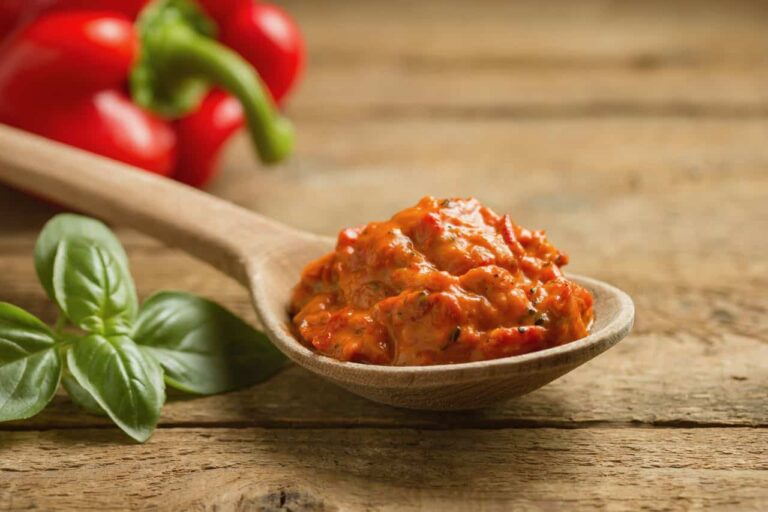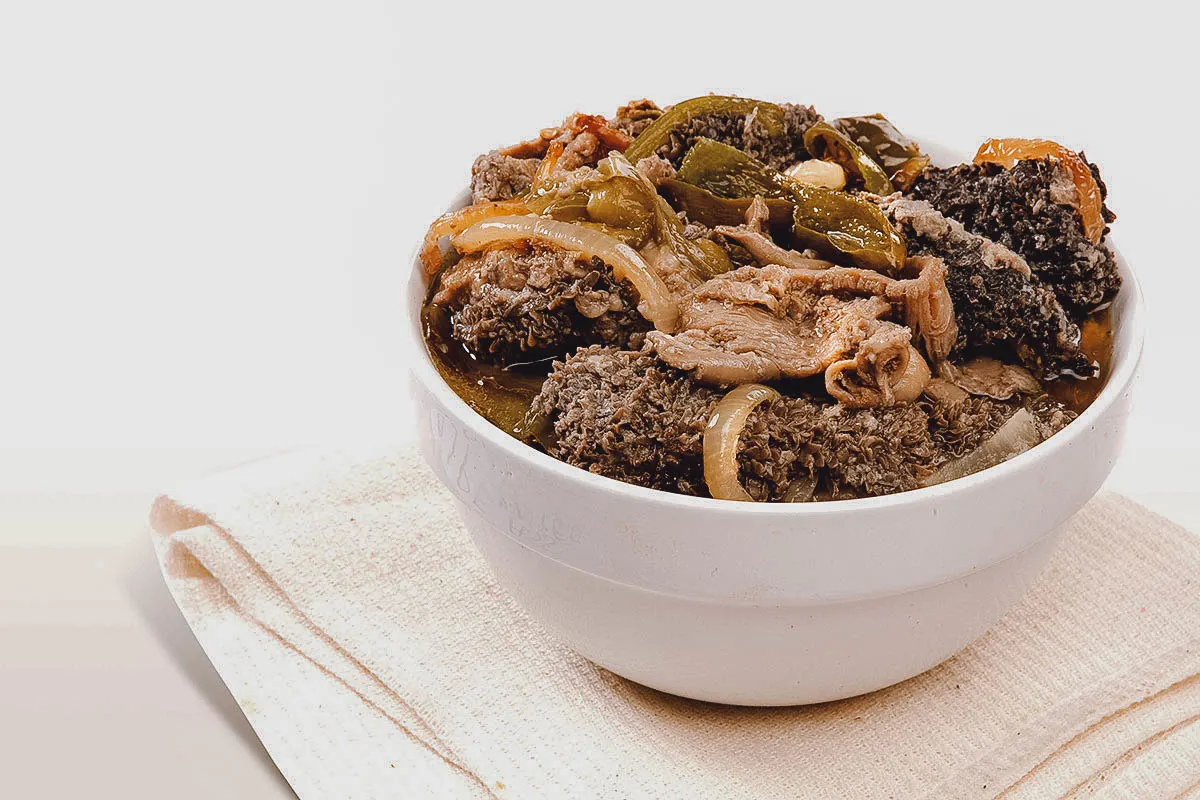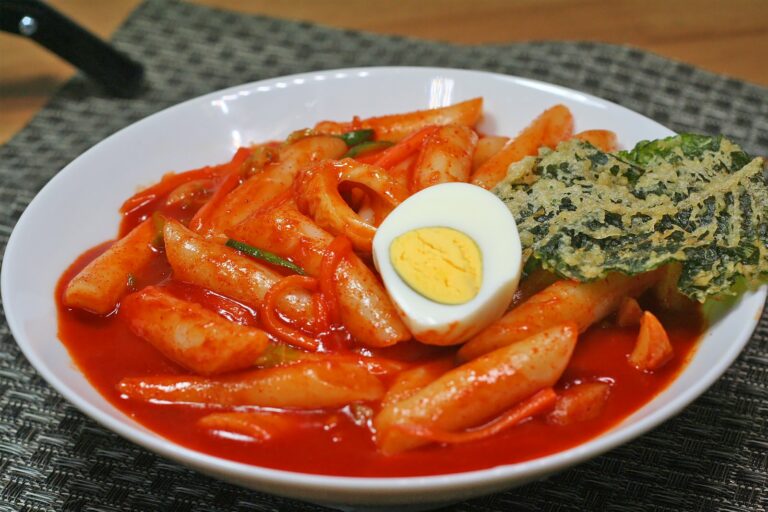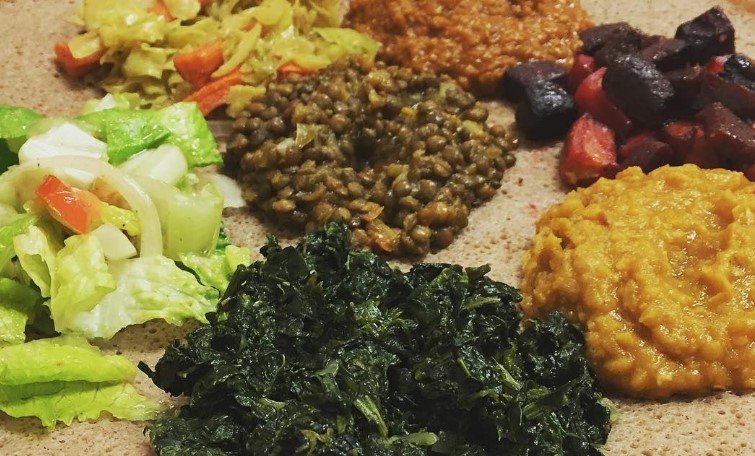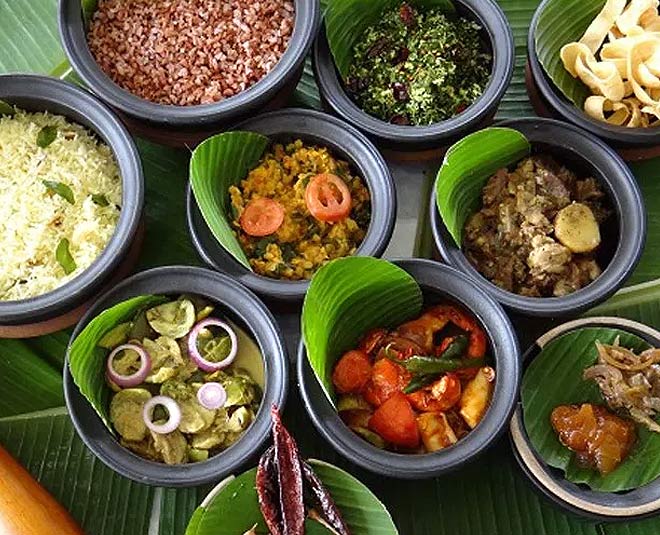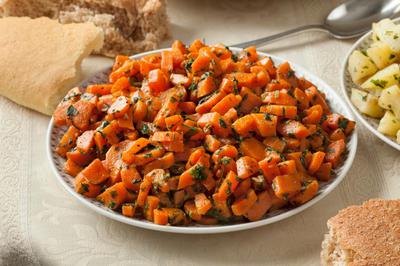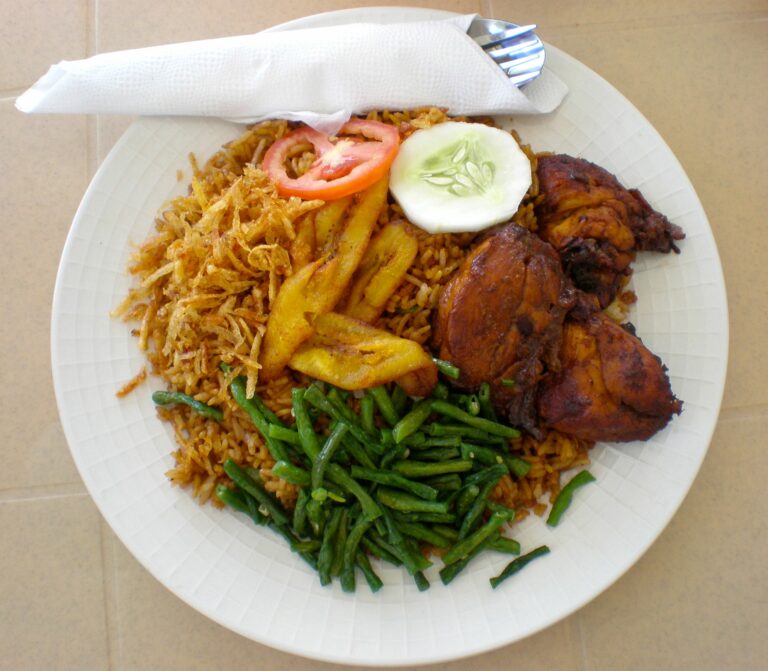Introduction: Slovenian Cuisine
Slovenian cuisine is a blend of various influences, including Mediterranean, Austrian, Hungarian, and Balkan. The country’s geographic location and diverse cultural history have contributed to a unique culinary identity. Slovenian cuisine is known for its use of fresh, locally sourced ingredients, and its dishes are characterized by their hearty and comforting nature.
Ajvar: The Pepper-Based Spread
Ajvar is a popular condiment in Slovenia that is made from roasted red bell peppers, eggplant, garlic, and chili peppers. The ingredients are mashed together to create a thick, spreadable paste that is full of flavor. Ajvar is often used as a dip for bread or vegetables, but it can also be used as a sauce for grilled meats or as a topping for pizzas. It is a versatile condiment that adds a delicious, smoky flavor to any dish.
Kajmak: The Creamy Cheese Dip
Kajmak is a creamy cheese dip that is made from a combination of cow’s and sheep’s milk. The cheese is boiled with salt and cream to create a smooth and rich texture. Kajmak is often served as a dip for bread or vegetables, but it can also be used as a sauce for grilled meats or pasta dishes. Its tangy and slightly salty flavor makes it a popular addition to many Slovenian dishes.
Cviček: The Red Wine Vinegar
Cviček is a unique Slovenian wine that is made from a blend of red and white grape varieties. It is known for its light and fruity flavor, as well as its high acidity. Cviček is often used to make a red wine vinegar that is commonly used in Slovenian cuisine. The vinegar is used as a marinade for meats, as a dressing for salads, and as a condiment for soups and stews.
Prekmurska Gibanica: The Sweet Layered Pastry
Prekmurska Gibanica is a traditional Slovenian pastry that is made from layers of filo pastry, poppy seeds, cottage cheese, walnuts, and apples. The pastry is baked until golden brown and is served as a dessert or a sweet snack. Its unique combination of flavors and textures makes it a beloved Slovenian delicacy.
Conclusion: Enjoying Slovenian Flavors
Slovenian cuisine is a rich and diverse culinary experience that is full of unique flavors and ingredients. From ajvar to kajmak, cviček to Prekmurska Gibanica, there are many delicious condiments and sauces that are an integral part of Slovenian cuisine. Whether you are a seasoned foodie or a curious traveler, be sure to sample some of these popular Slovenian condiments and sauces to experience the true flavors of this beautiful country.

